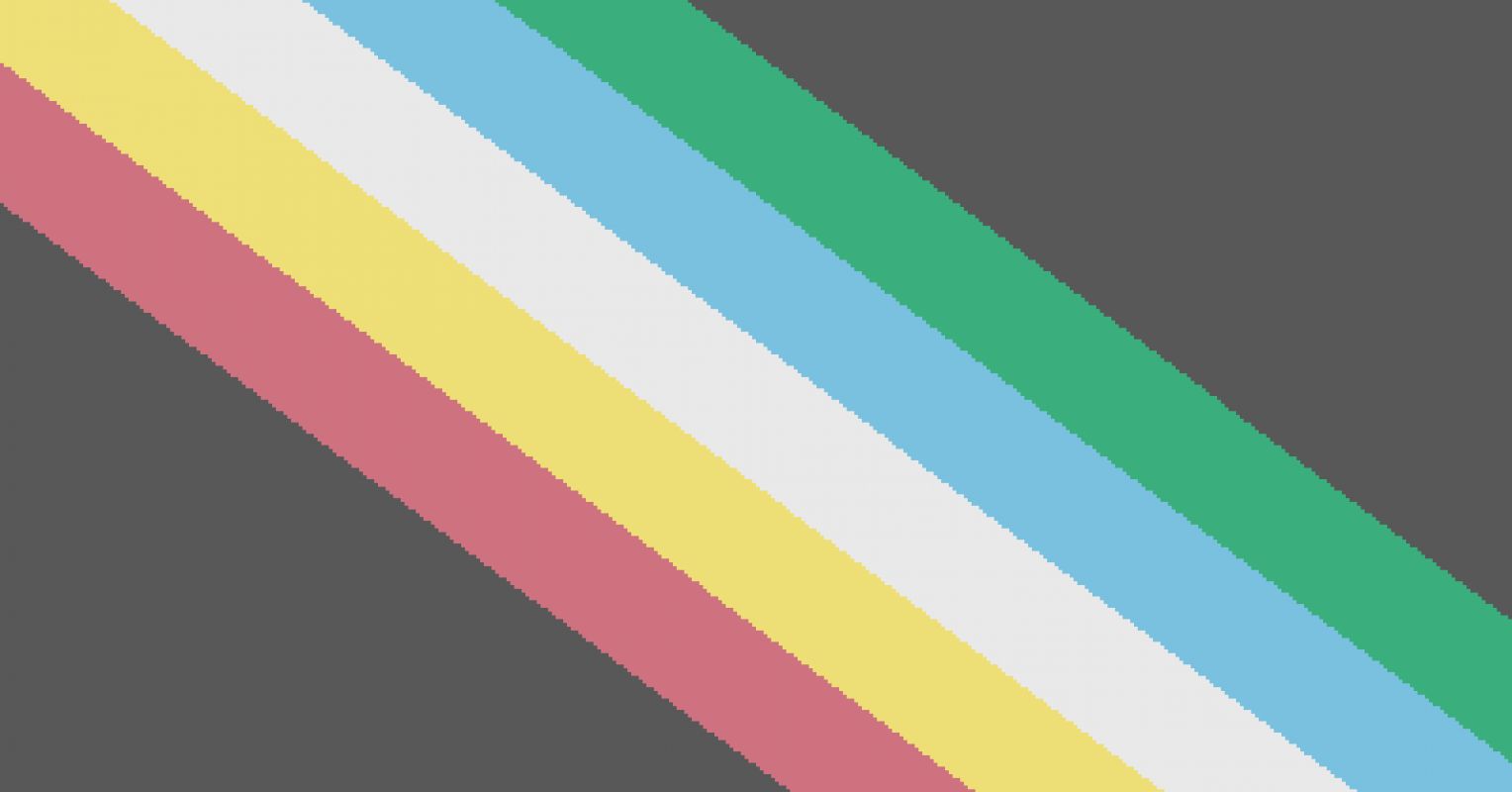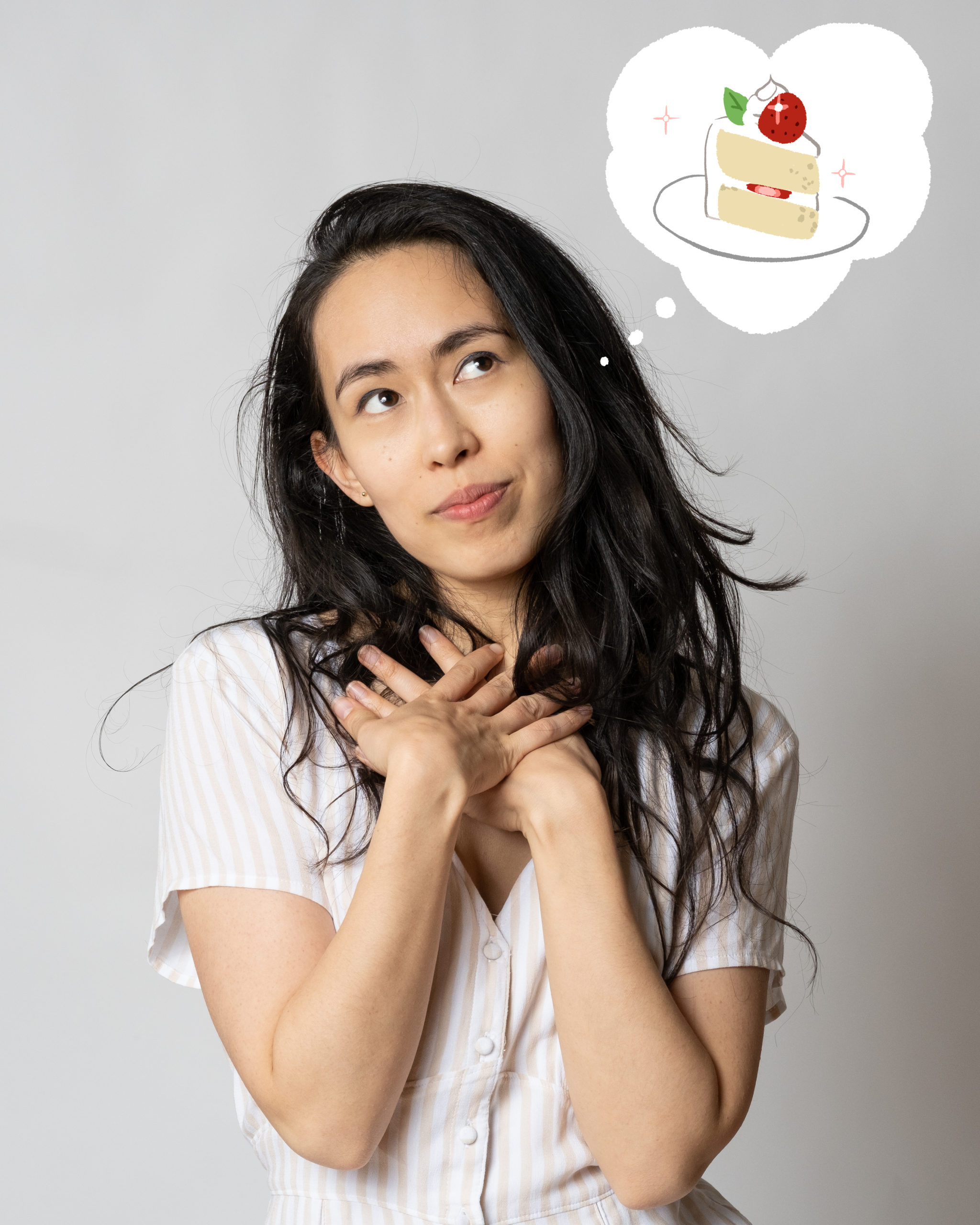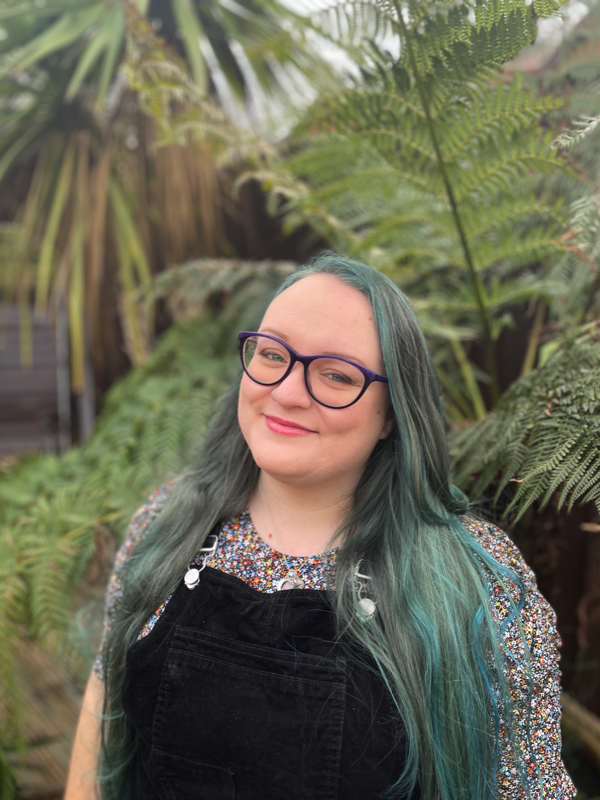
by Joe Corallo | Jul 31, 2022 | Blog
As Disability Pride Month comes to an end, we here at Geeks OUT would like to take this opportunity to highlight a number of interviews conducted by our own Michele Kirichanskaya featuring people within the community. Additionally, Michele would like to recommend...

by Michele Kirichanskaya | Jul 30, 2022 | Blog
Rebecca Burgess is a comic artist and illustrator working in the UK, creating award winning published and small press work. Along with drawing comics for their day job, Rebecca also loves drawing webcomics in their free time. Being autistic, they are particularly...

by Michele Kirichanskaya | Jul 27, 2022 | Blog
Harmony Becker was born in Cincinnati, Ohio. She is the illustrator of George Takei’s graphic memoir They Called Us Enemy. She currently lives in Mexico City. Their first solo graphic novel, Himawari House, was published in Fall 2021 by First Second. I had the...

by Michele Kirichanskaya | Jul 24, 2022 | Blog
The Asexual Goddess is a YouTuber who makes content centered around Aromantic, Asexual and Agender topics as well as a wide range of other LGBTQIA+ topics. I had the opportunity for an interview with The Asexual Goddess, which you can read below. First of all, welcome...

by Michele Kirichanskaya | Jul 22, 2022 | Blog
Francesca May grew up in the middle of England where she spent her childhood devouring fantasy books and brewing potions in her back garden. She currently lives in Derby with her family, three giant dogs, and two black cats. By day she works as a bookseller at...






